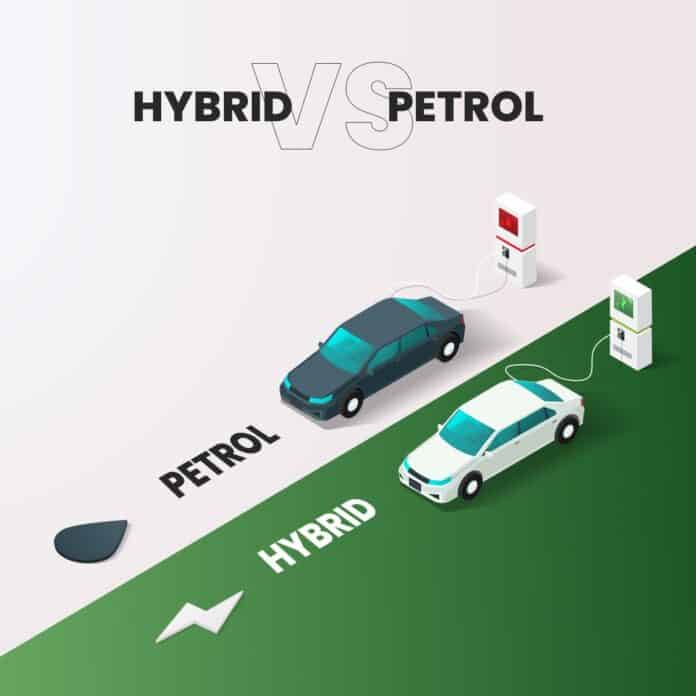It goes without saying that hybrid cars are the future, but are they the most feasible option when it comes to vehicles?
The debate about electric vehicles and their positive aspect on the environment has been around for as long as one can remember. Automobile experts have even gone on to say that these vehicles can play an integral part in decreasing the usage of pricey imported fuel in Pakistan. It is high time we start looking at these technologies from the perspective of a consumer and how they can benefit from making the decision to purchase an electronic vehicle, which are being sold at sky-rocketing prices in the current market.
The term ‘electric’ is used to describe several kinds of automobiles that fall under this description. These include hybrids, plug-in hybrids as well as purely battery-operated vehicles. All of these come with a price premium over comparable Internal Combustion Engine (ICE) vehicles which is different for each one of these types. It is upto 20% in Hybrids, 30% in Plug-in hybrids because of their massive battery sizes and a whopping 40% in battery-electric/operated vehicles. Let’s take a look at the payback for Hybrids and Battery Electric Vehicles for the common customer in Pakistan.
Every car manufacturer makes varied claims about mileage and the level of fuel efficiency their vehicle provides, subject to tests that are run in particular conditions. This is why we must take into account real-time, actual fuel average which a customer experiences during their day-to-day usage of their vehicle with respect to flow of traffic and climatic conditions. It’s important for customers and policy-makers to understand the difference between “claimed vs actual” in order for them to make informed buying decisions when it comes to such an expensive purchase.
It goes without saying that hybrid cars are the future, but are they the most feasible option when it comes to vehicles? Let’s find out. It is common knowledge that hybrid cars are equipped with a twin powered engine. The gasoline engine, which is the primary source of power, is drastically smaller as compared to what you get in cars that are powered by single engines. Even the electric motor is low power which means the combined power of both is often less than that of a gas-powered engine, making it suitable for city driving and not for speed and acceleration.
Perhaps, one of the most major drawbacks of purchasing a hybrid car is that it can put a massive dent in your wallet. With a price difference of $5000- $10000 more than a car that runs on petrol, hybrid cars are comparatively expensive. That’s not all. The maintenance cost of a hybrid car is itself a hassle. Because of the presence of a dual engine and continuous improvement in technology, it is difficult for mechanics to repair the car because they lack the expertise. To add further to the list of expenses, the battery replacement of a hybrid car is another costly decision to make.
Apart from the gasoline-powered engine, a hybrid car houses a lighter electric engine and a pack of powerful batteries which adds extra weight to the vehicle and leads to lower levels of fuel inefficiency. As a result, in an attempt to cut down weight, manufacturers downsize the motor and battery which means less support in the suspension and body.
Yes, it is ecologically friendly, but is it the most feasible decision you can make for yourself? Only time will tell.


